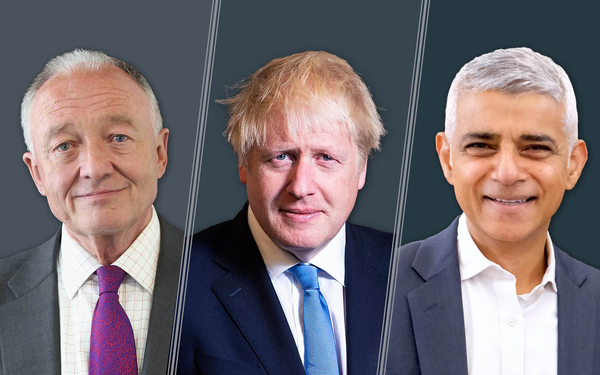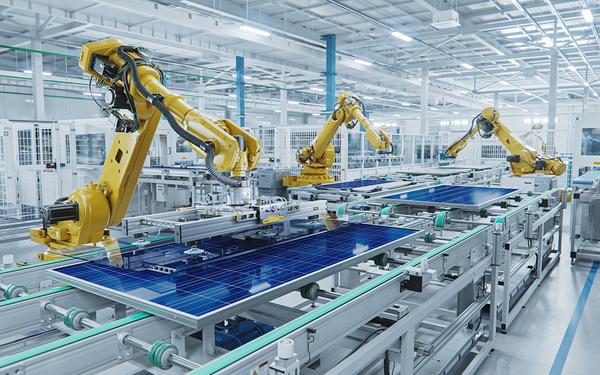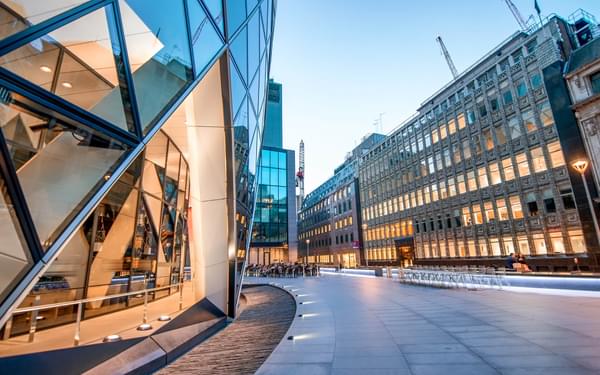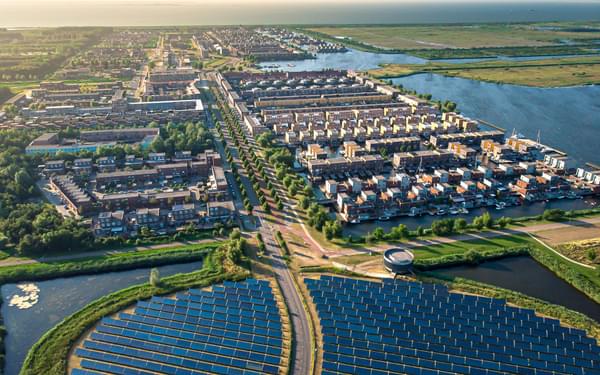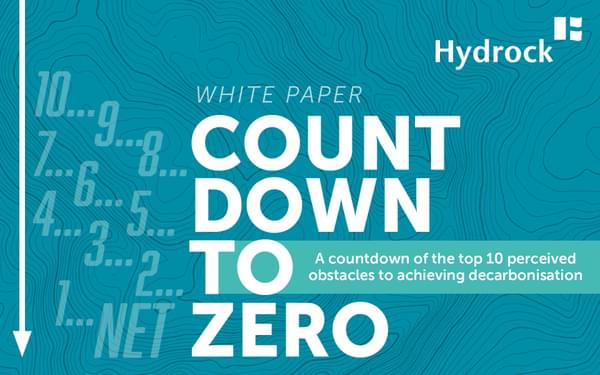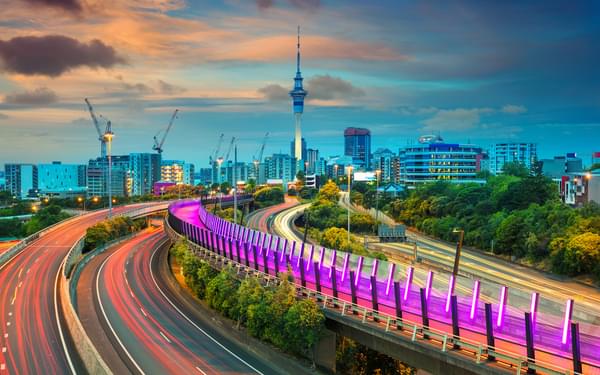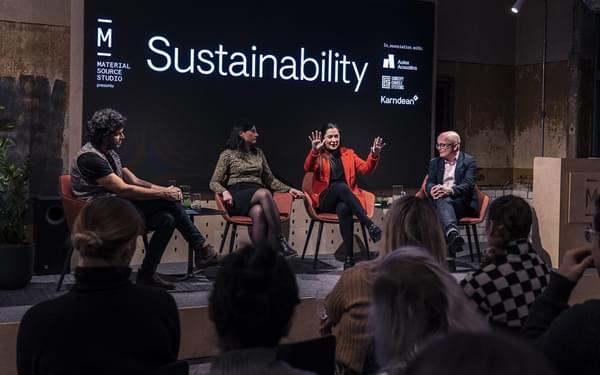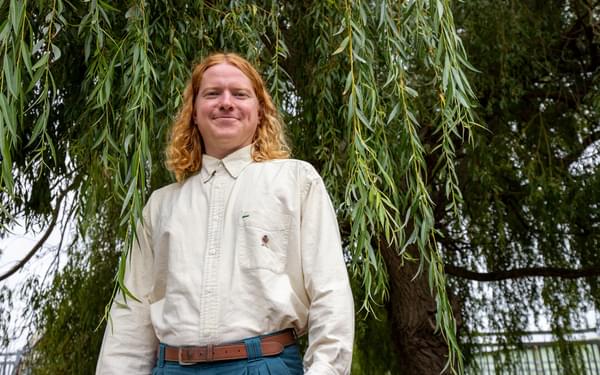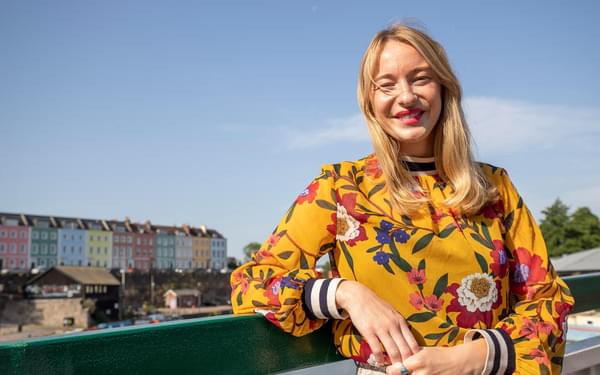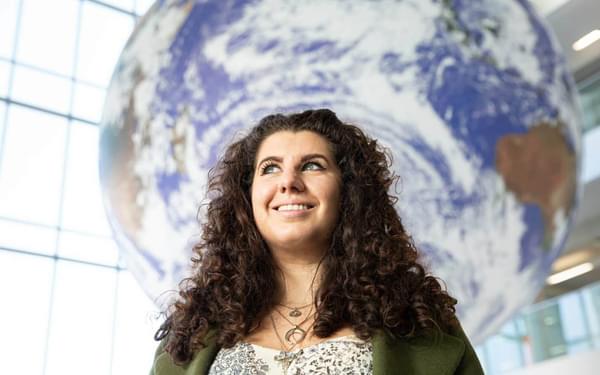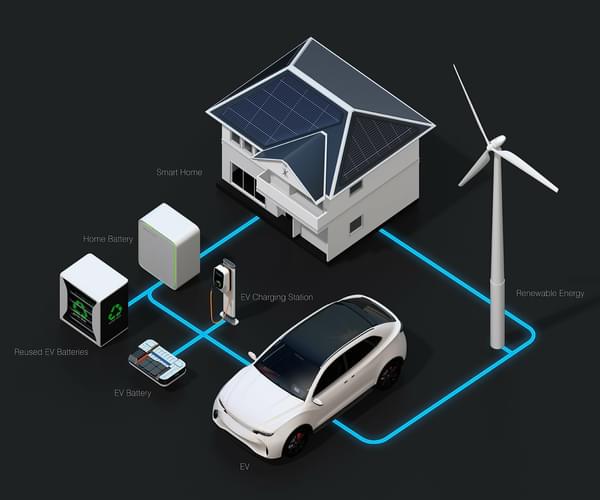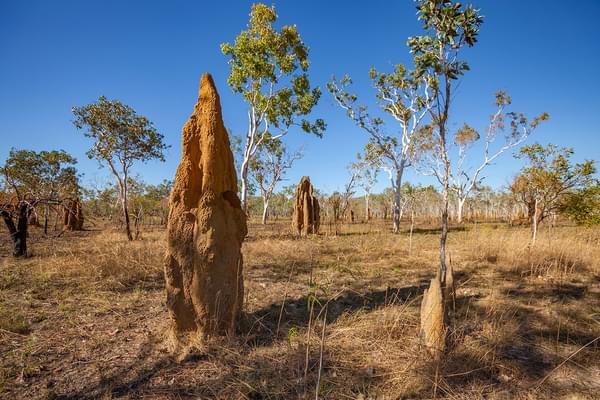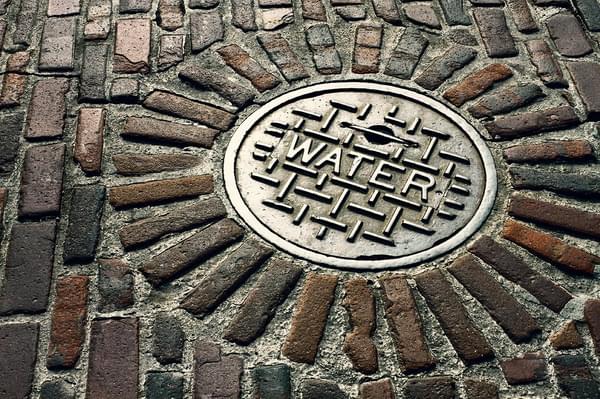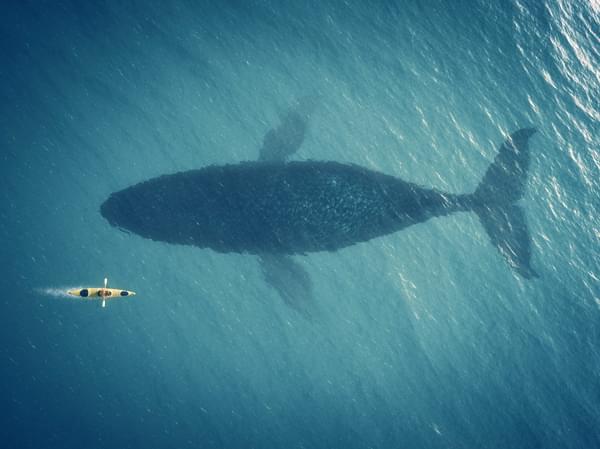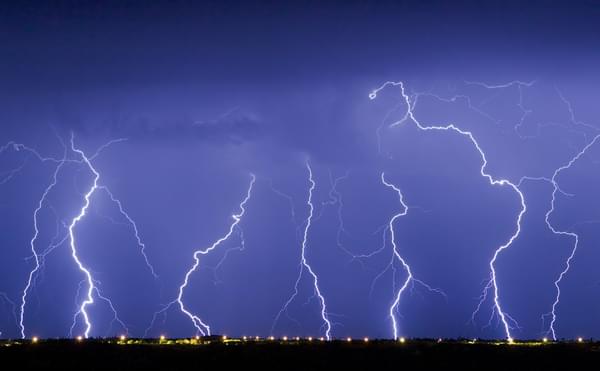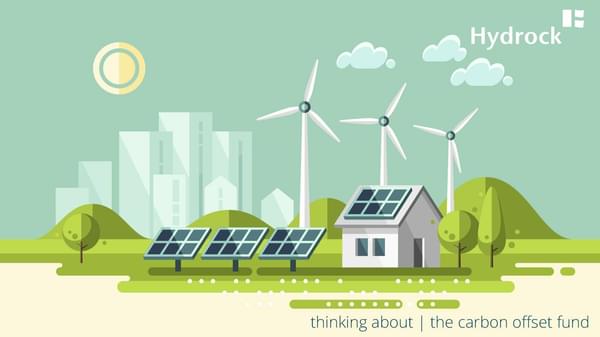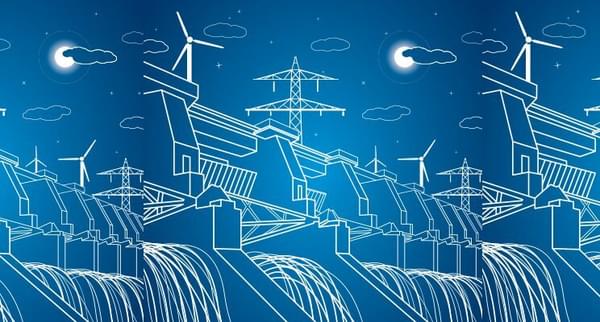
In September 2019, the Manchester Metropolitan University Department of Engineering hosted the 2019 Clean Energy Skills summit. Educators and energy industry professionals joined forces to explore and discuss the skills challenges we face with the climate emergency. Specifically, trying to answer the question “what skills are needed to achieve Greater Manchester’s carbon-neutrality 2038 target?”
The four speakers, including the Director of Environment at Greater Manchester Combined Authority, Mark Atherton, contemplated the following questions;
- What do we need from educators and businesses to achieve Manchester’s 2038 carbon-neutrality target?
- What is the “people” challenge facing businesses in meeting the clean energy ambitions?
- Why do engineers and educators need to think differently if we are to respond to the climate emergency?
- How do we create an education portfolio that works?
Following the talks, we broke out into sessions based on 5 key topics for discussion; Energy, Buildings and Infrastructure, Transport, Key Emerging Technologies and Smart Energy Systems.
I joined the Smart Energy Systems discussion group, where we discussed microgrids, batteries, solar PV and heat networks. What absolutely dominated our discussion was a topic flagged by Emma Degg, the CEO of North West Business Leadership Team; that this industry needs more than technical engineering skills to tackle the climate emergency.
In my opinion, employers in this industry need to capture the enthusiasm of our biggest asset; the next generation of young people. Whether they are graduating engineers or those from more vocational backgrounds, they must possess a series of personality attributes and soft skills to enable them to not only flourish in their own careers, but to make a change to our environment and be the future of Clean Energy. Without being too dramatic here (although in a climate emergency, there’s no such thing as exaggeration) these young minds will be the saviours of our planet.
I am in no doubt that we already possess engineers who can invent, design and create new smart technologies; but the challenges we’re faced with to meet net zero by 2050 are not about convincing people inside the industry like me (a Smart Energy Consultant at Hydrock), but rather wider perceptions, out-of-date policies and inaction.
When I talk to people outside of the built environment and energy industries, I hear all sorts of rumours and misconceptions that are a cause for concern. “I heard that wind turbines actually use electricity?” was one I had recently. “Hydrogen, isn’t that dangerous? We can’t have that in our homes!”
It’s apparent that the full understanding of climate change, decarbonisation and renewable technologies for those who are not engineers, researchers or consultants, is suffering at the hand of misconceptions that exist in part due to out-of-date information but also due to poorly communicated messages. Alongside this, we often have to contend with counter messages that are sometimes better communicated, or at least more readily understood, from opposing ideological standpoints.
Information sharing
These counter messages may even be factually incorrect or misleading but can often contain what appears to be relatable and easily digestible content that allows the recipient to buy-in. Under these circumstances, it’s important that we, alongside wider industry and society, hold these views to account and help expose and dispel the myths.
The scientific consensus around climate change is clear, however, the toolkits to help meet carbon reduction alongside the development of new smart systems, is moving at such a pace (from academics, researchers, and then designers/engineers) that it is vital that there’s effective dissemination of information all the way along the supply chain, down to the subcontractors whose task it is to actually install the systems.
Without effective communication we run the risk, through lack of understanding or short-term thinking, of a reluctance to change our approach or move away from traditional technologies. Gas heating over alternatives such as heat pumps is a good example of this. The emphasis on traditional, well-understood technology in building design is further exacerbated by decision making primarily focusing on capital rather than operational expenditure. Again, is this because we (the engineers/the designers/the techies) are not explaining it in the right way? Perhaps we are not broadcasting it loudly enough.
Sending the message
I believe it is crucial that we not only ensure the information is communicated well enough that the right people understand it, but that everyone is on board with it too. Everyone in the chain needs to have the drive of the 2050 zero-carbon target at their core.
Engineers are incredible but we can’t just rely on the calculations, the figures, the tables and the spreadsheets, because not everyone else “gets” this. Numbers alone aren’t strong enough. They don’t reach people deeply enough. And so there’s a missing link: the lack of a narrative.
To convince those that need to be convinced, we need translators; people with the skills, confidence and the voice to translate the technical into the non-technical, to make it make sense; to enforce the message through rhetoric. People who can bridge the gap. We can see just how powerful the message is when you combine scientific fact with an eloquent voice.
Just look at the engagement in the subject matter advocated by the likes of David Attenborough (the “Attenborough Effect”) and Greta Thunberg. It takes a lot of time, money, energy and resource (all things we don’t actually have enough of already for the climate emergency) to teach someone the technical skills of engineering, so I believe we, the engineers who can already substantiate our claims with technical expertise, are best placed to be the “voice” as well.
This is why, in order to stifle the effects of climate change and reach zero-carbon by 2050, we need our engineers to have more than just technical skills. We need to be effective communicators, collaborators, creatives and risk-takers. We need to be agile and flexible, curious and ambitious and have an ability to work together with the vast array of personalities across the built environment. We need to make sure these attributes are also being invested in and fortified.
In this climate emergency, do we need different engineers? Or perhaps just more of us who can sell a story with clearer voices, shouting from the PV-arrayed rooftops.
If you need an engineer-cum-translator to help you through the ever-changing energy landscape, please feel free to get in touch with Smart Energy at Hydrock. We speak loud and clear.
This article was originally published by Leah Holmes-Trought on LinkedIn.

